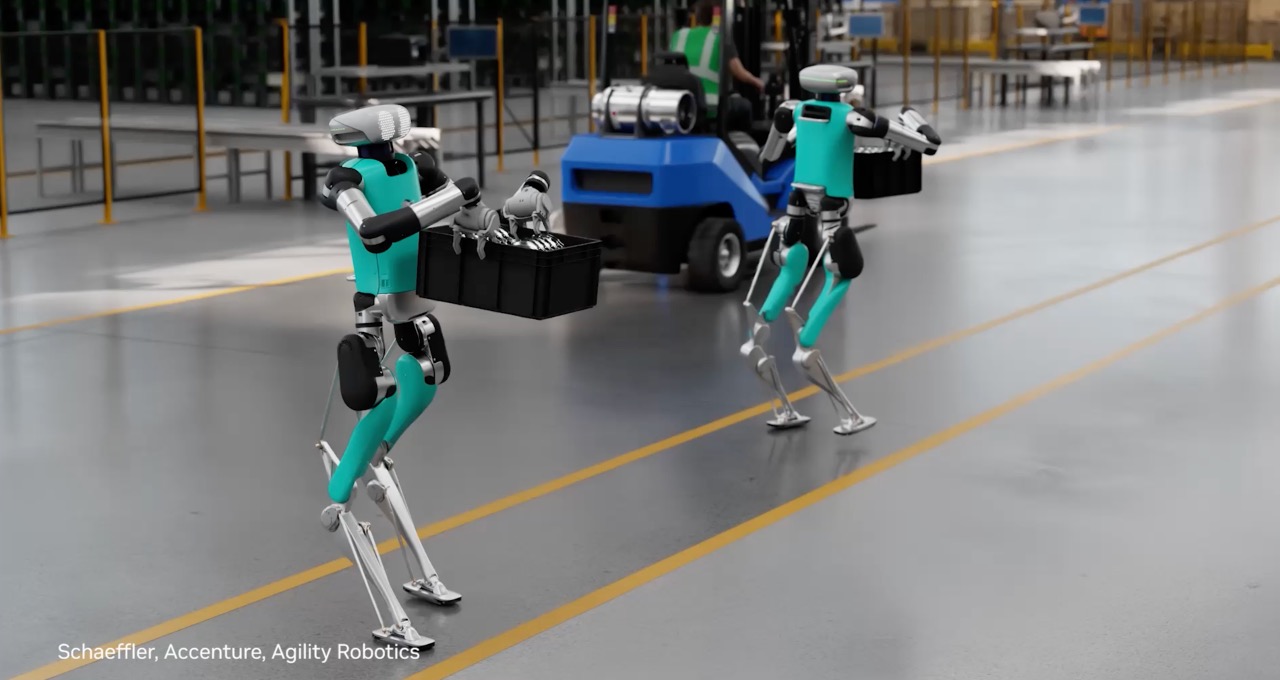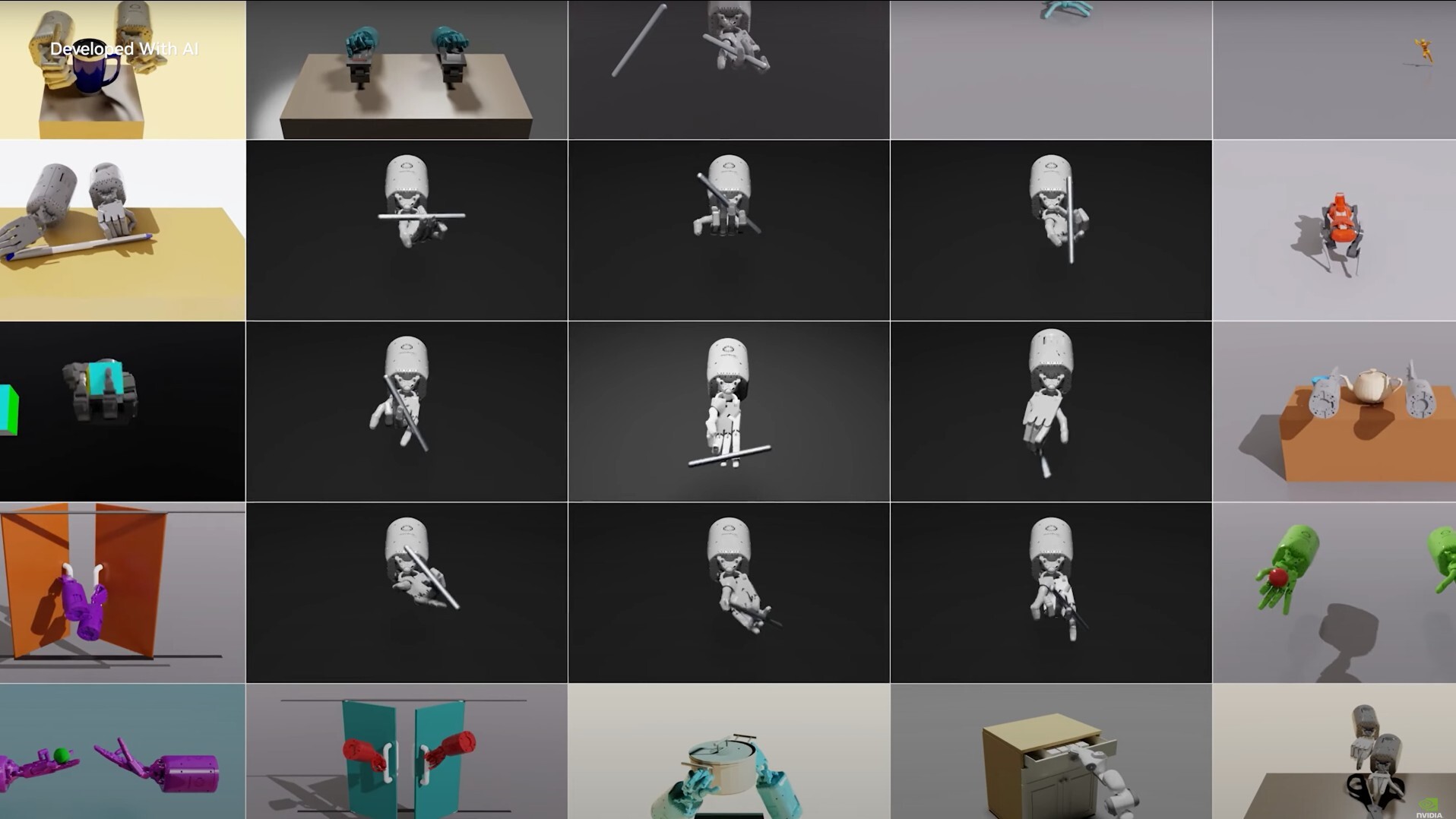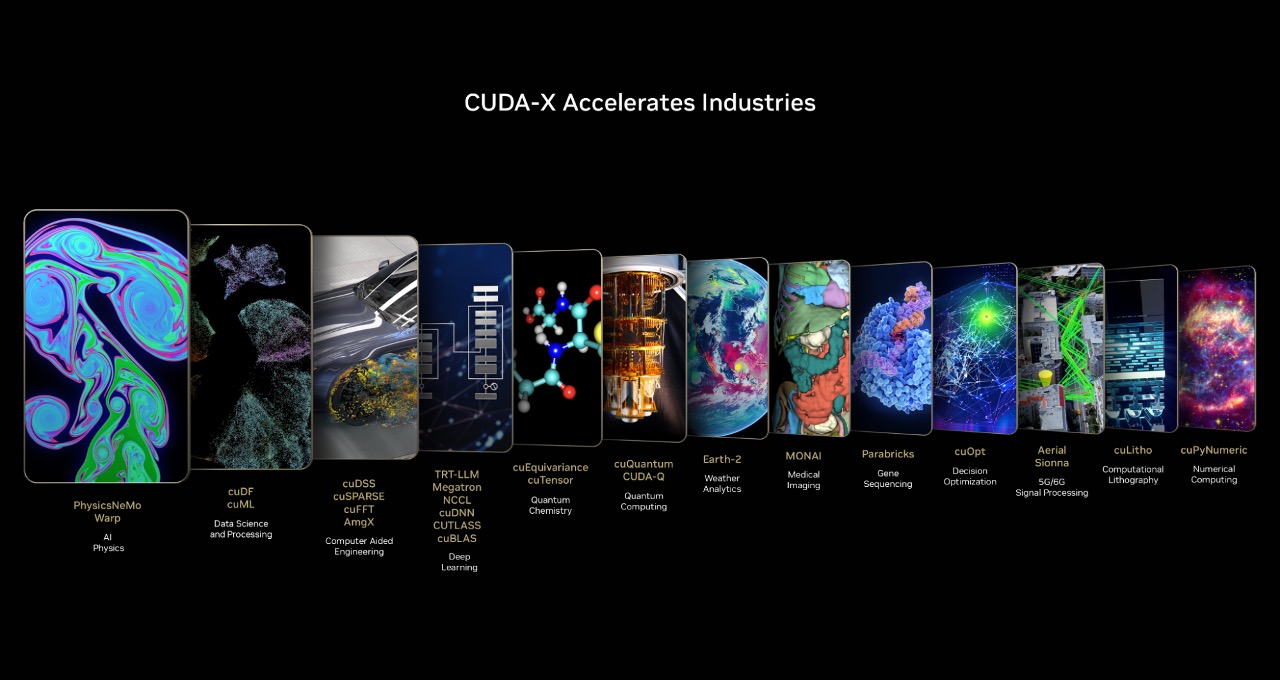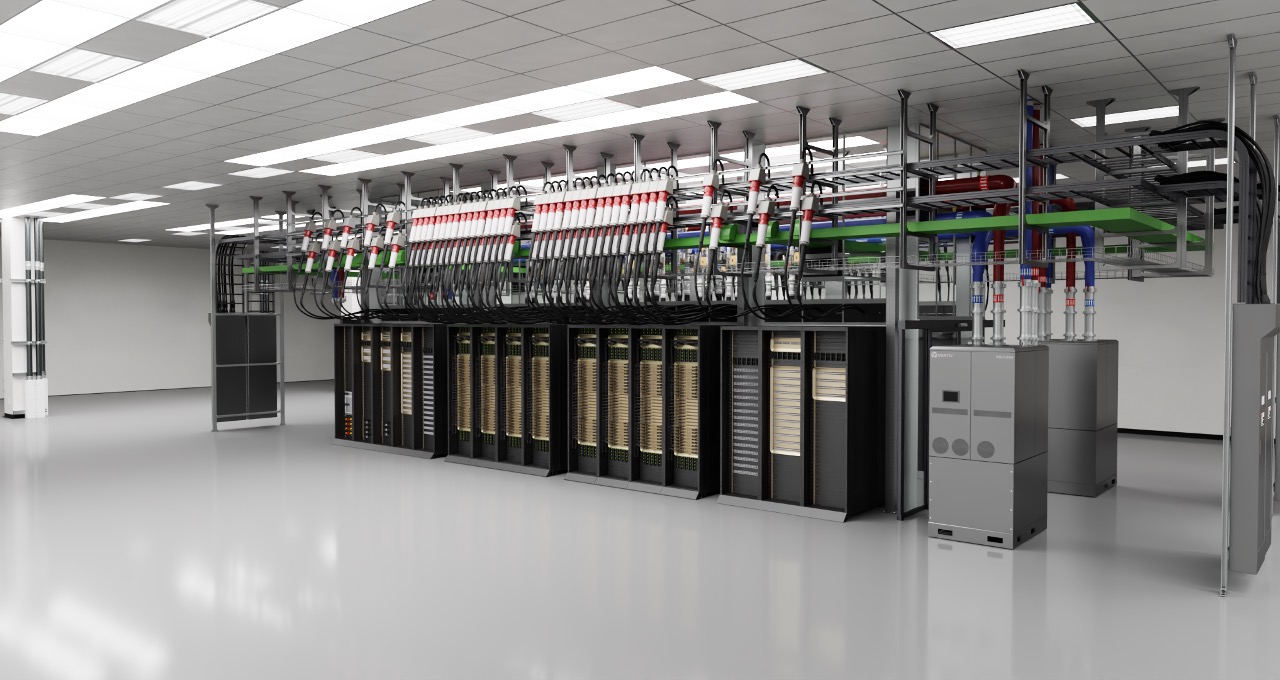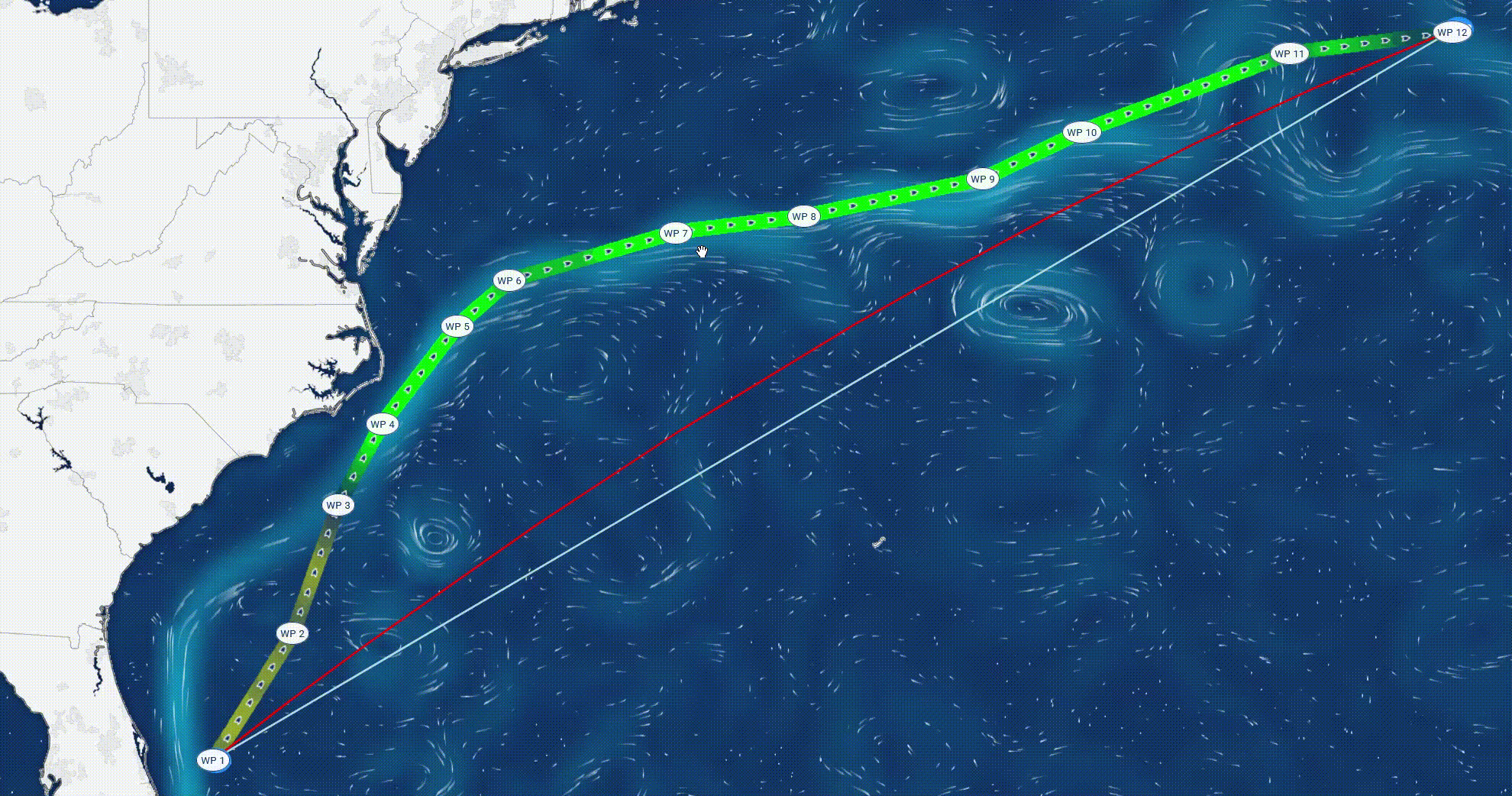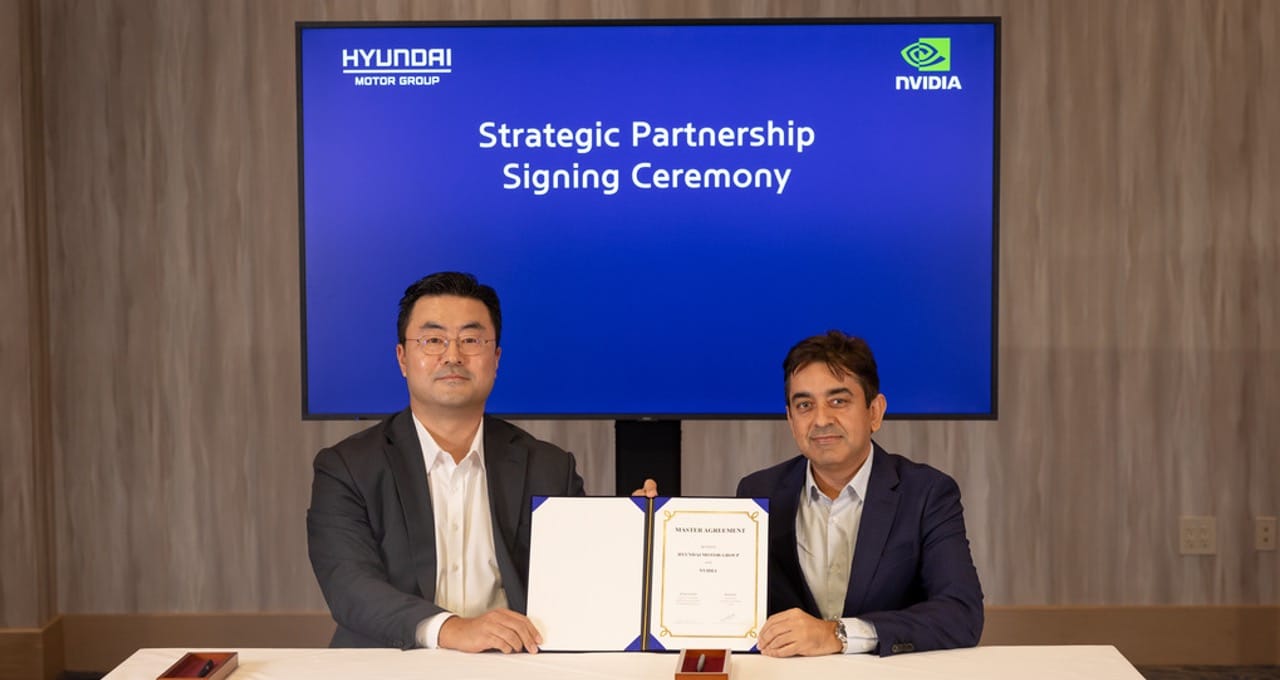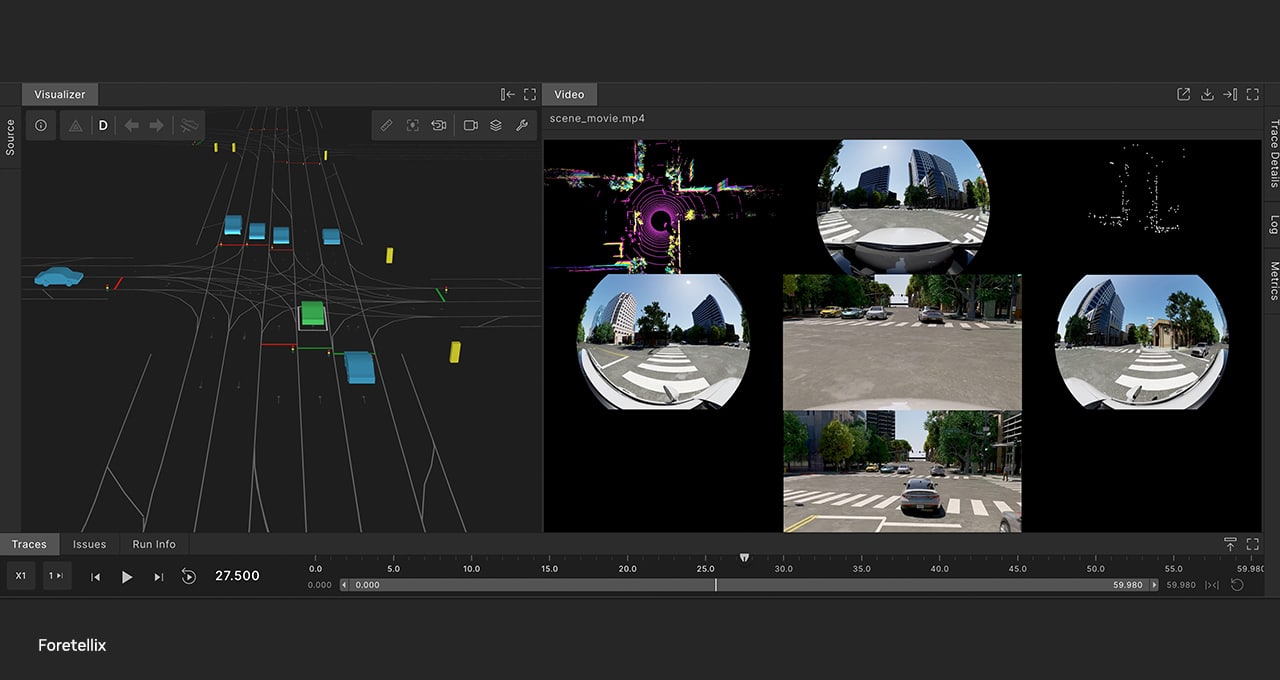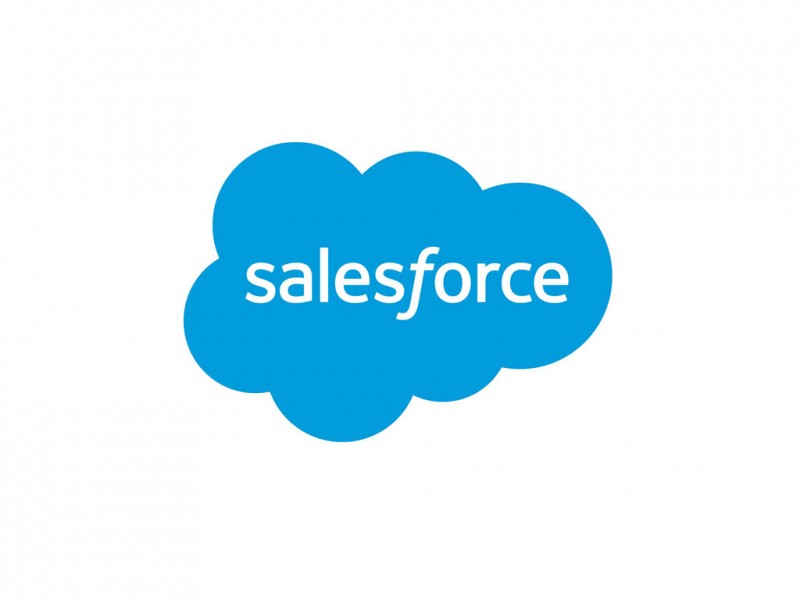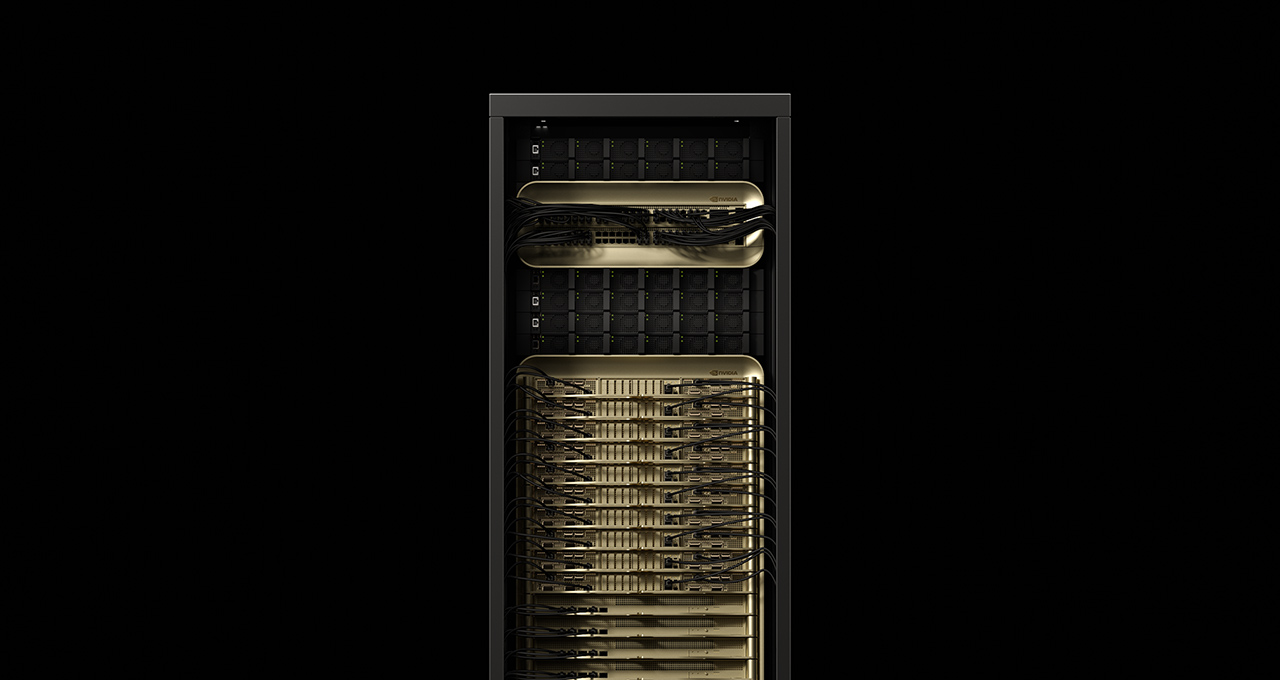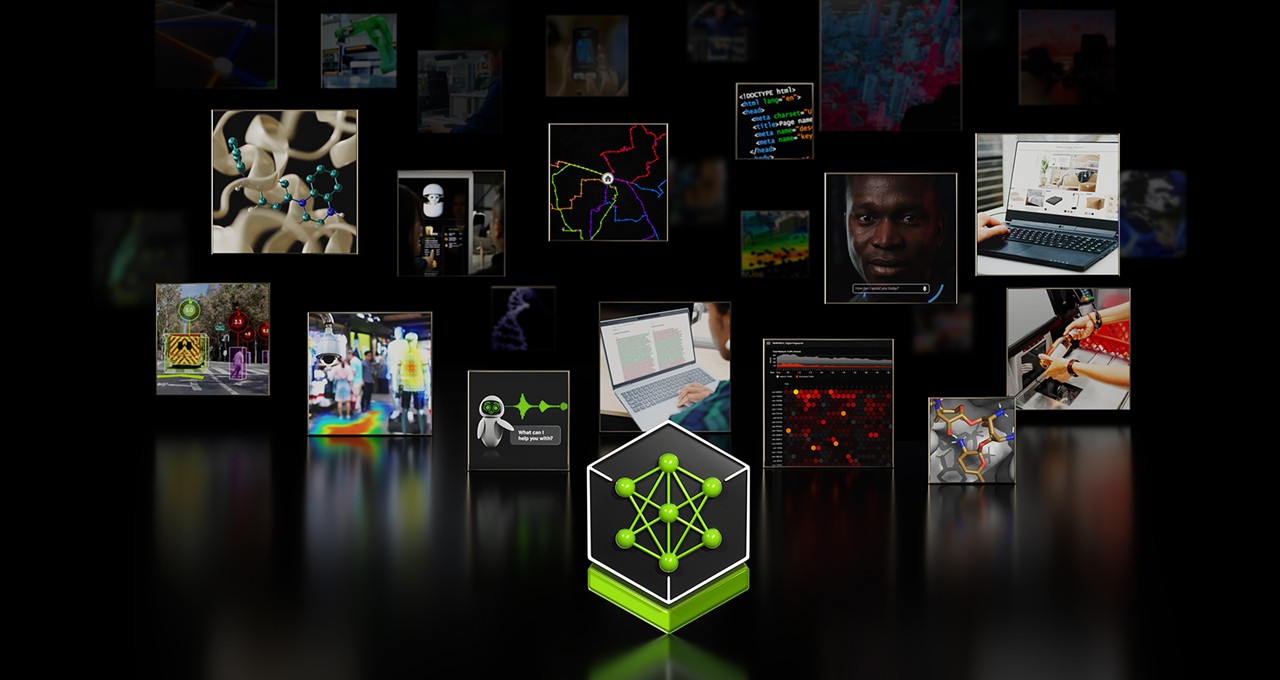Industrial Ecosystem Adopts Mega NVIDIA Omniverse Blueprint to Train Physical AI in Digital Twins
Advances in physical AI are enabling organizations to embrace embodied AI across their operations, bringing unprecedented intelligence, automation and productivity to the world’s factories, warehouses and industrial facilities. Humanoid robots can work alongside human teams, autonomous mobile robots (AMRs) can navigate complex warehouse environments, and intelligent cameras and visual AI agents can monitor and optimize
Read Article
Innovation to Impact: How NVIDIA Research Fuels Transformative Work in AI, Graphics and Beyond
The roots of many of NVIDIA’s landmark innovations — the foundational technology that powers AI, accelerated computing, real-time ray tracing and seamlessly connected data centers — can be found in the company’s research organization, a global team of around 400 experts in fields including computer architecture, generative AI, graphics and robotics. Established in 2006 and
Read Article
NVIDIA Accelerates Science and Engineering With CUDA-X Libraries Powered by GH200 and GB200 Superchips
Scientists and engineers of all kinds are equipped to solve tough problems a lot faster with NVIDIA CUDA-X libraries powered by NVIDIA GB200 and GH200 superchips. Announced today at the NVIDIA GTC global AI conference, developers can now take advantage of tighter automatic integration and coordination between CPU and GPU resources — enabled by CUDA-X
Read Article
AI Factories, Built Smarter: New Omniverse Blueprint Advances AI Factory Design and Simulation
AI is now mainstream and driving unprecedented demand for AI factories — purpose-built infrastructure dedicated to AI training and inference — and the production of intelligence. Many of these AI factories will be gigawatt-scale. Bringing up a single gigawatt AI factory is an extraordinary act of engineering and logistics — requiring tens of thousands of
Read Article
NVIDIA Unveils Open Physical AI Dataset to Advance Robotics and Autonomous Vehicle Development
Teaching autonomous robots and vehicles how to interact with the physical world requires vast amounts of high-quality data. To give researchers and developers a head start, NVIDIA is releasing a massive, open-source dataset for building the next generation of physical AI. Announced at NVIDIA GTC, a global AI conference taking place this week in San
Read Article
Hyundai Motor Group Embraces NVIDIA AI and Omniverse for Next-Gen Mobility
Driving the future of smart mobility, Hyundai Motor Group (the Group) is partnering with NVIDIA to develop the next generation of safe, secure mobility with AI and industrial digital twins. Announced today at the CES trade show in Las Vegas, this latest work will elevate Hyundai Motor Group’s smart mobility innovation with NVIDIA accelerated computing,
Read Article
Why World Foundation Models Will Be Key to Advancing Physical AI
In the fast-evolving landscape of AI, it’s becoming increasingly important to develop models that can accurately simulate and predict outcomes in physical, real-world environments to enable the next generation of physical AI systems. Ming-Yu Liu, vice president of research at NVIDIA and an IEEE Fellow, joined the NVIDIA AI Podcast to discuss the significance of
Read Article
NVIDIA Makes Cosmos World Foundation Models Openly Available to Physical AI Developer Community
NVIDIA Cosmos, a platform for accelerating physical AI development, introduces a family of world foundation models — neural networks that can predict and generate physics-aware videos of the future state of a virtual environment — to help developers build next-generation robots and autonomous vehicles (AVs). World foundation models, or WFMs, are as fundamental as large
Read Article
Building Smarter Autonomous Machines: NVIDIA Announces Early Access for Omniverse Sensor RTX
Generative AI and foundation models let autonomous machines generalize beyond the operational design domains on which they’ve been trained. Using new AI techniques such as tokenization and large language and diffusion models, developers and researchers can now address longstanding hurdles to autonomy. These larger models require massive amounts of diverse data for training, fine-tuning and
Read Article
